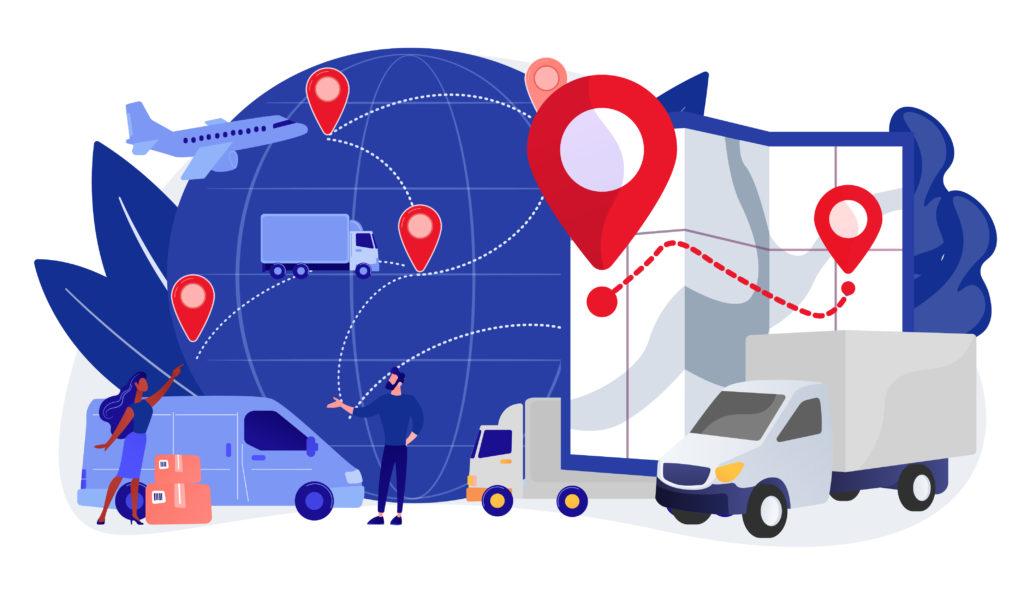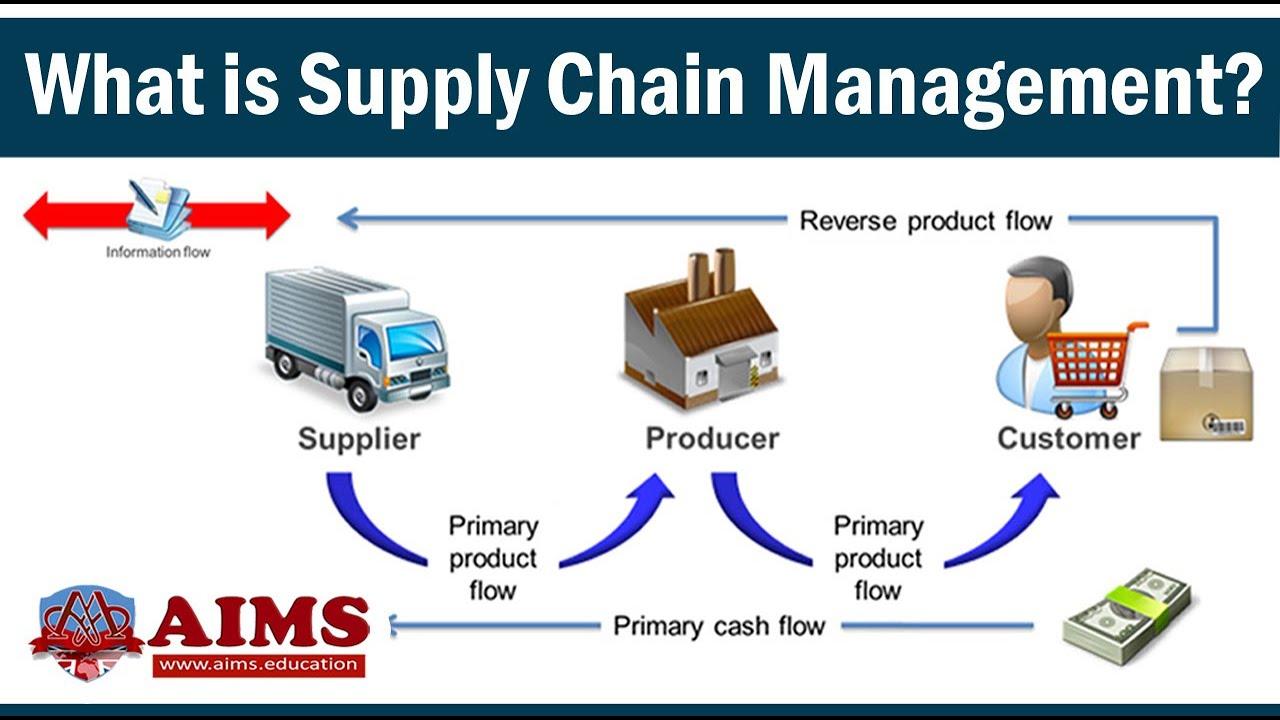In the fast-paced world of global commerce, the smooth and efficient operation of logistics, transport, and shipping is crucial to any successful business. Standard Operating Procedures (SOP) are the guiding principles that ensure the seamless movement of goods from point A to point B. Let’s dive into the world of SOP Logistics – Transport – Shipping, where precision and organization reign supreme.
Streamlining Standard Operating Procedures for Efficient Logistics Operations
With the ever-increasing demand for fast and efficient logistics operations, it has become imperative for businesses to streamline their standard operating procedures (SOPs) in the transport and shipping sector. By implementing well-defined SOPs, companies can optimize processes, reduce errors, and ultimately improve overall efficiency.
Key components of a streamlined SOP for logistics operations include:
- Clear Communication: Ensure all team members are on the same page with regards to procedures and responsibilities.
- Efficient Workflow: Identify bottlenecks and optimize processes to minimize delays and maximize productivity.
- Regular Training: Keep staff updated on the latest industry trends and best practices to foster continuous improvement.
| Category | Best Practice |
|---|---|
| Transport | Implement route optimization software to reduce fuel costs and delivery times. |
| Shipping | Utilize real-time tracking systems to monitor shipments and improve customer satisfaction. |

Utilizing Technology to Enhance Transport Management Processes
Transport management processes play a crucial role in the success of any supply chain operation. By leveraging technology, businesses can streamline their transportation operations, optimize routes, and reduce costs. Utilizing advanced software solutions and platforms can help businesses improve efficiency, visibility, and overall performance in the transportation sector. With real-time tracking, predictive analytics, and automation capabilities, companies can enhance their transport management processes and stay ahead of the competition.
Implementing technology in transport management can also lead to better customer service and satisfaction. By providing customers with accurate tracking information, improving delivery times, and minimizing errors, businesses can build trust and loyalty with their clients. Additionally, technology can help businesses comply with regulations, reduce carbon footprint, and make more informed decisions to drive growth and profitability in the long run.

Optimizing Shipping Strategies for Cost-effective and Timely Deliveries
In order to optimize shipping strategies for cost-effective and timely deliveries, businesses must establish a standard operating procedure (SOP) that encompasses all aspects of logistics, transport, and shipping. By implementing a well-defined SOP, organizations can streamline their shipping processes, minimize errors, and increase efficiency. This can ultimately lead to lower shipping costs and faster delivery times, resulting in improved customer satisfaction and retention.
Key components of a comprehensive SOP for logistics, transport, and shipping include:
- Effective Vendor Management: Establish partnerships with reliable vendors and negotiate favorable terms to ensure timely deliveries and cost savings.
- Inventory Management: Implement an efficient inventory management system to track stock levels and optimize order fulfillment.
- Route Planning: Utilize route optimization software to plan the most efficient delivery routes and minimize transportation costs.

Implementing Best Practices in Supply Chain Management for Improved Efficiency
When it comes to , having a well-defined Standard Operating Procedure (SOP) is crucial. SOPs not only help to streamline operations but also ensure consistency and compliance within the logistics, transport, and shipping processes. By clearly outlining step-by-step procedures and guidelines, SOPs can significantly improve overall efficiency and productivity.
Key components to include in your SOP for logistics, transport, and shipping may consist of clear communication protocols, inventory management guidelines, vendor management processes, quality control measures, and risk management strategies. Additionally, implementing technology solutions such as Transport Management Systems (TMS) and Warehouse Management Systems (WMS) can further enhance operational efficiency and visibility across the supply chain. By integrating these best practices into your SOP, you can optimize your supply chain management processes and drive improved performance.
Closing Remarks
In conclusion, a well-defined Standard Operating Procedure (SOP) in logistics, transport, and shipping is crucial for ensuring a smooth and efficient operation. By following established guidelines and procedures, businesses can minimize risks, improve productivity, and enhance customer satisfaction. Remember, attention to detail and clear communication are key to successfully implementing and maintaining a solid SOP framework. So, embrace the power of SOPs and watch your logistics operations soar to new heights. Thank you for reading!
